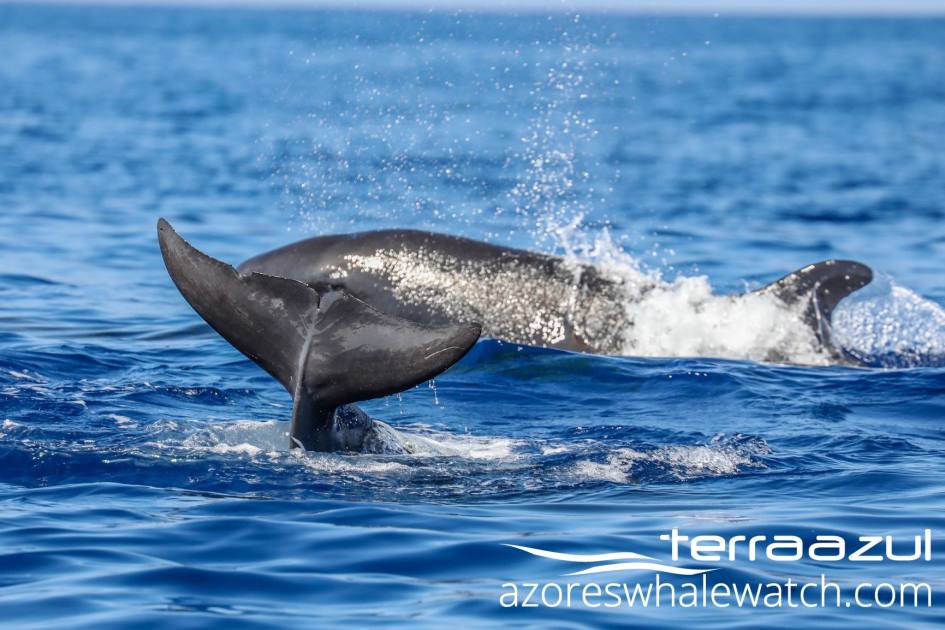
Hello Whale-Watchers!
Time to recap what Terra Azul has been encountering out in the Atlantic Ocean in these summer months! As we resumed our operations, we witnessed the amazing biodiversity of São Miguel waters with our guests once again. We spotted 12 different species of whales and dolphins in July alone! Judge yourself from the map below 😉
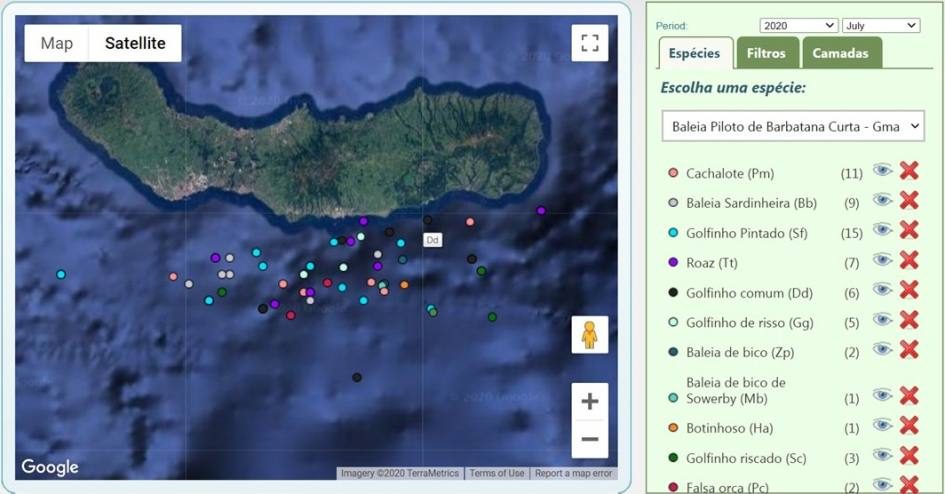
TerraAzul sightings on July 2020. Source: MONICET.
The most sighted species of whales were Sperm Whales (Physeter macrocephalus) which appeared in large matriarchal pods with their new born calves. Feeding a young that can weight several tons takes a lot of energy, and mothers were often diving for food leaving heaps of octopus remains in the area which we collected for MONICEPH scientific project.
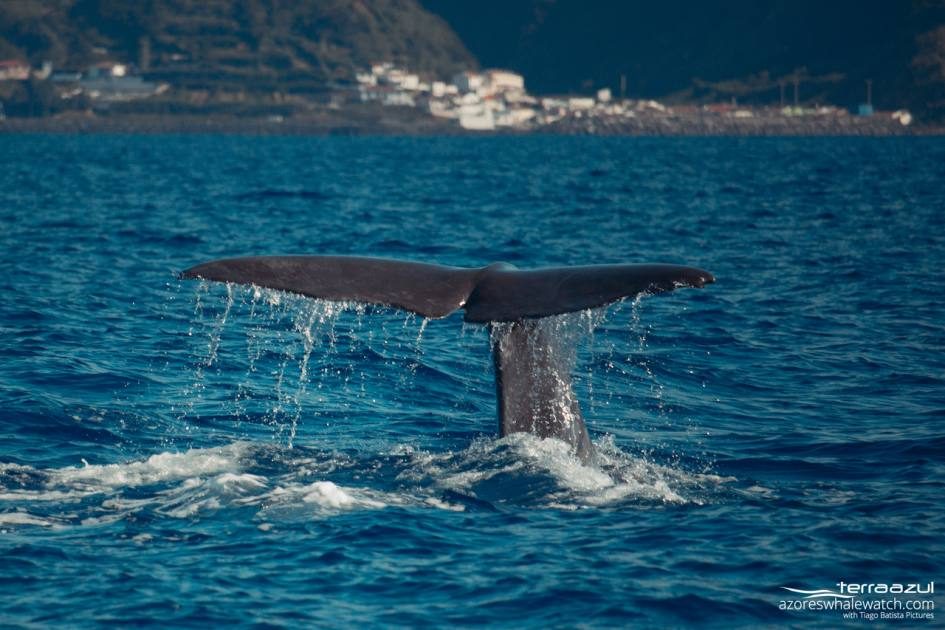
Sperm Whale (Physeter macrocephalus) diving in front of Ribeira Quente, São Miguel Island.
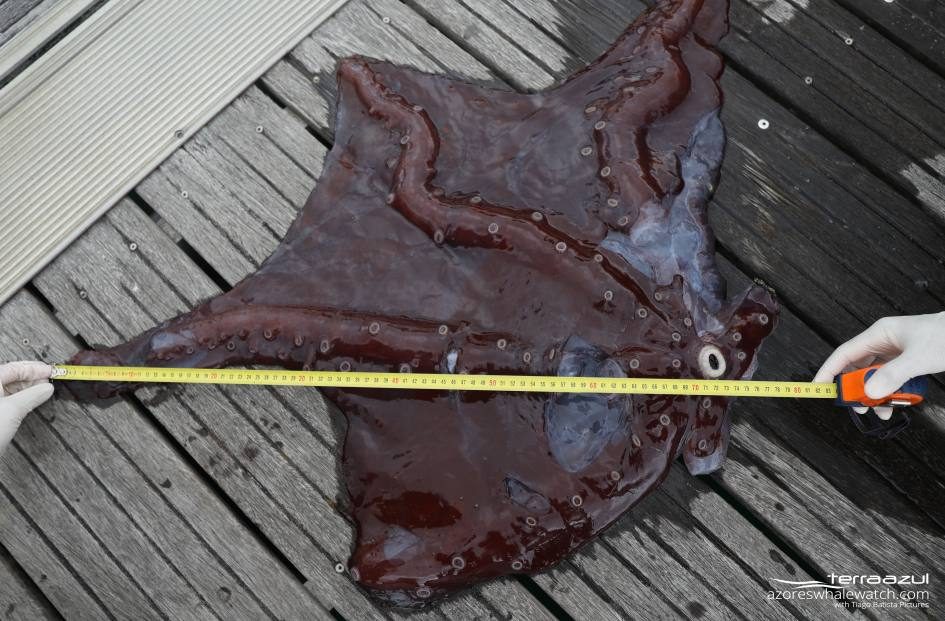
Seven-arm octopus (Halipron atlanticus) recovered in an area where whales were feeding.
Migratory baleen whales were also sighted frequently as Sei Whales (Balaenoptera borealis) approached our shores to feed on small schooling fish and copepods. Some were also accompanied by their calves, which is a good sign for this species that is still recovering from the whaling slaughter.
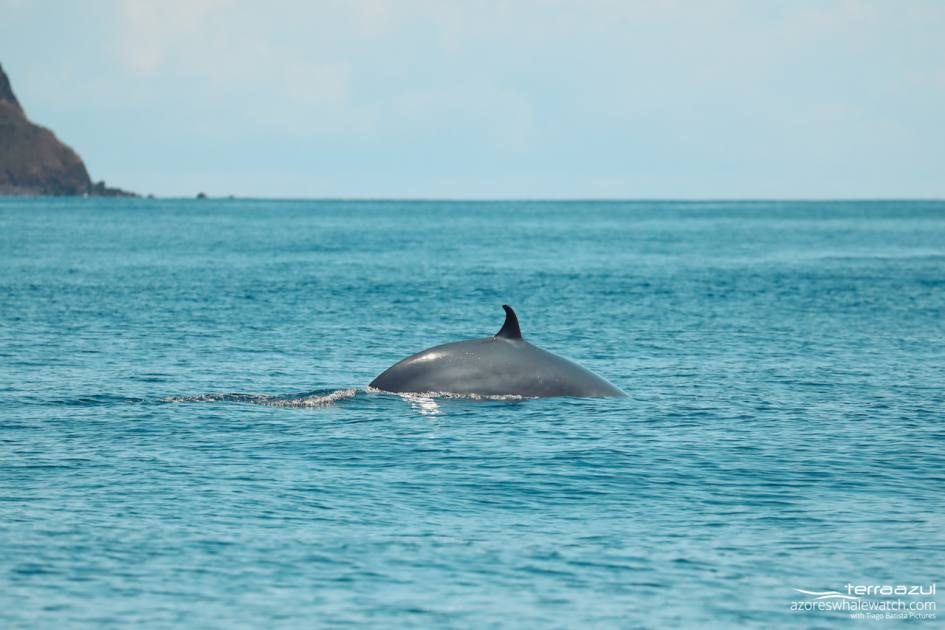
A Sei Whale (Balaenoptera borealis) arching its body before a dive.
Our Dolphin Hit Parade goes as follow: Atlantic Spotted Dolphins (Stenella frontalis) took the lead position from our beloved Common Dolphins (Delphinus delphis), that dropped in third position just after our “big fellas” Bottlenose Dolphins (Tursiops truncatus). Stable is fourth and fifth positions, Risso’s Dolphins (Grampus griseus) and Striped Dolphins (Stenella coeruleaoalba), respectively.
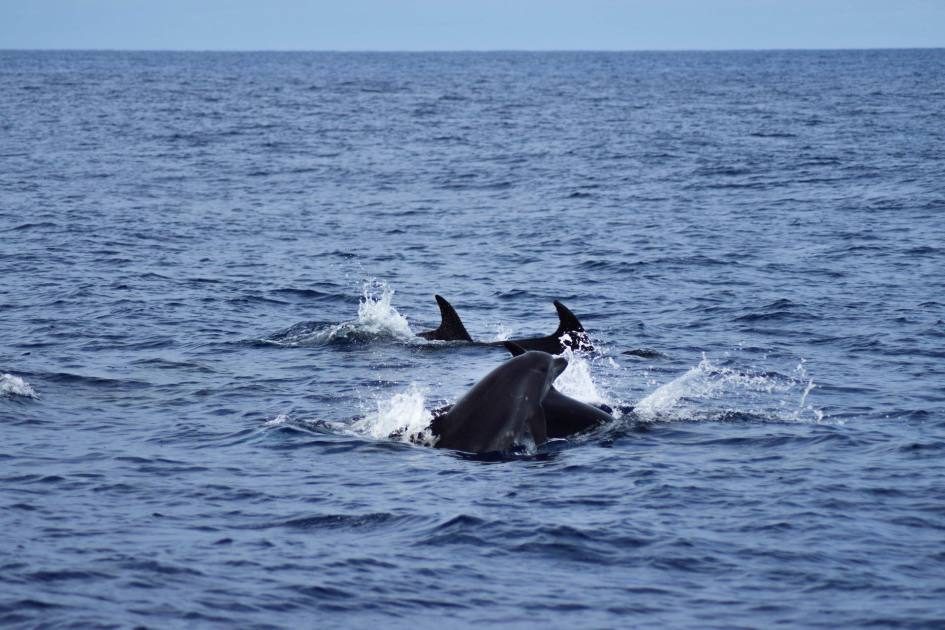
Bottlenose Dolphins (Tursiops truncatus) engaged in mating activity. Photo by Joâo Correia.
.
But larger black dolphins entered the lower positions with some amazing sightings: Short-finned Pilot Whales (Globicephala macrorhynchus) and False Killer Whales (Pseudorca crassidens) made their amazing appearance to tick our “BlackFish” box!
Finally, also this summer, we had plenty of Beaked Whale sightings for the happiness of all cetacean nerds out there! We sighted at least three different species including the largest that we can observe in Azores: Northern Bottlenose Whales (Hyperoodon ampullatus)! Sowerby’s Beaked Whales (Mesoplodon bidens) and Blainville’s Beaked Whales (Mesoplodon densirostris) completed the picture.
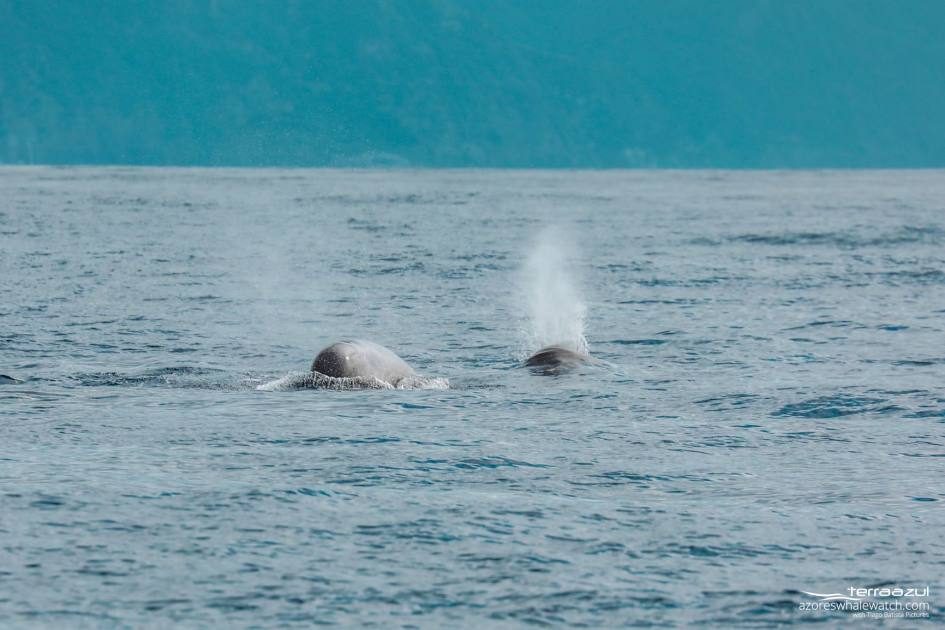
Northern bottlenose whale (Hyperoodon ampullatus) socializing.
Stay tuned for the sightings of August 2020! 🙂












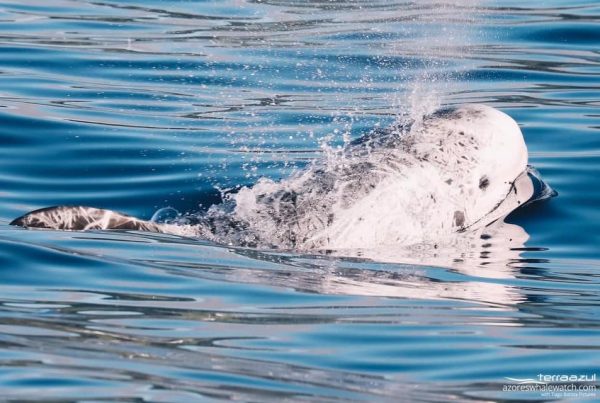
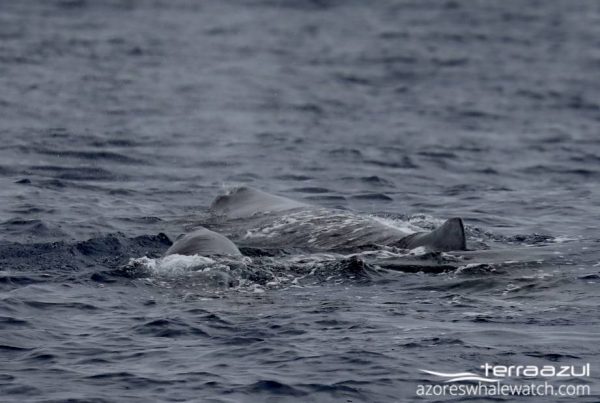
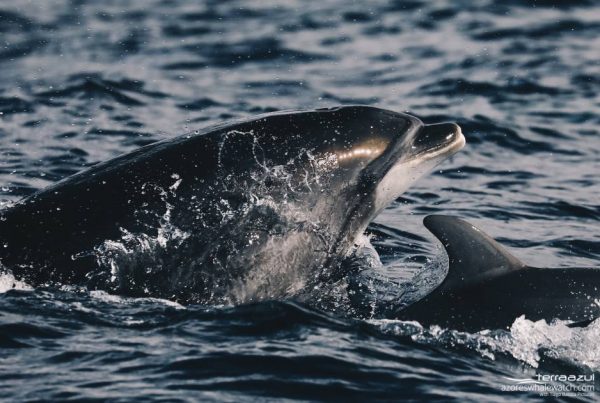



Your thoughts on this?